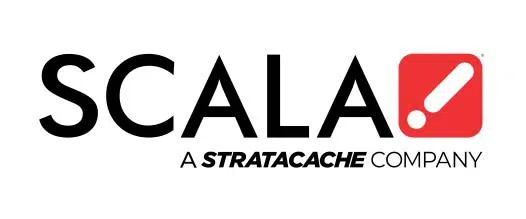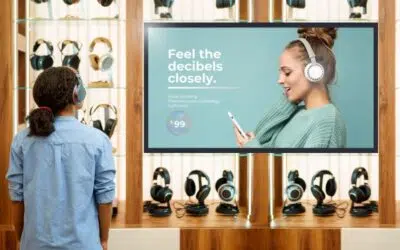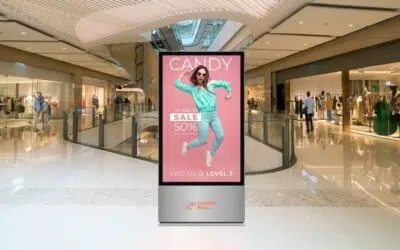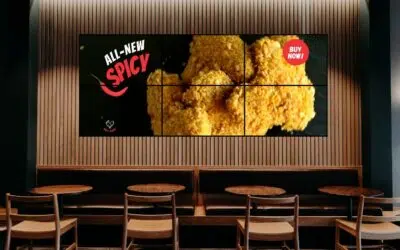The Complete Guide to Digital Outdoor Advertising in Retail Banking
by Esther Chew
The Complete Guide to Digital Outdoor Advertising
by Esther Chew
Since the 1990s, out-of-home (OOH) advertising has evolved radically as advertisers jumped on the digital bandwagon to harness new technologies to make advertising more engaging and attractive. These days, brands are utilizing augmented and virtual reality to push the boundaries of effective OOH advertising.
Let us now study the key facets of digital outdoor advertising in this guide.
What is Digital Outdoor Advertising?
Digital out-of-home (DOOH) advertising is a part of out-of-home (OOH) advertising. It is powered by digital technology that allows tracking, flexibility, personalization, and interactivity.Digital outdoor advertising encompasses various formats, including digital outdoor signage, billboards, mall kiosks, digital boards, etc. A Nielsen study showed that DOOH advertising delivers quadrupled activity on a dollar spent compared to its offline competitors – TV, radio, and print1.
How does DOOH benefit brands?
The outdoor medium forms a significant part of any brand’s marketing campaign. DOOH advertising is now interactive and employed for better brand-customer relationships.
One of the biggest advantages of outdoor advertising is its non-interfering quality. Unlike online ads or TV ads, digital outdoor advertising can be artistic without being an inconvenience. For advertisers, too, it provides advantages. The user cannot skip a DOOH since ad blockers cannot function in this medium.
In the pandemic world, digital outdoor advertising has proven to be very useful as it is the ideal channel to provide real-time communication to the masses in a contactless world. Digital outdoor signage became the go-to option to display safety measures and public health messages.
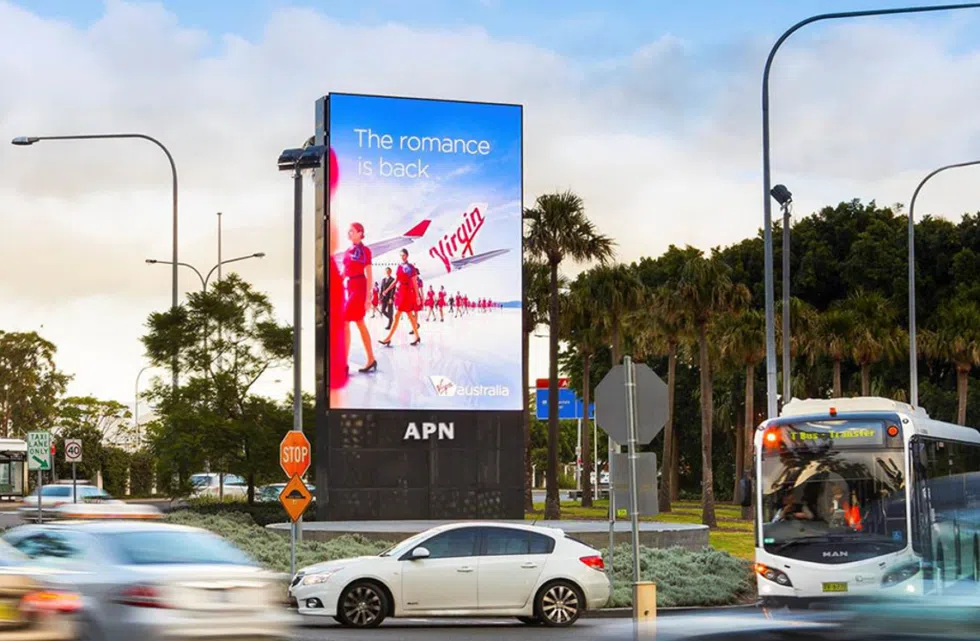
What types of DOOH spaces are there?
There are many types of digital outdoor advertising options to choose from. Digital billboards are the most common because of their visibility and ability to reach a large audience at any one time. However, there are more options to choose from, depending on your target audience.
How much does it cost?
Billboards are highly in demand in India. The cost will depend on the city, whether it is a prime location in the city, the amount of time, the space size, etc. The starting cost for hoardings in Delhi is around Rs 90,000 https://armourdigitalooh.com/cost-of-billboard-advertising-in-india The price will be lower in a non-metro city.
Unlike online ads, digital outdoor signage is physical and fixed. Therefore, it commands a premium. Currently, DOOH makes up about three to five percent of India’s overall OOH revenue and is expected to grow with the accelerating adoption of technology in advertising.
Why choose DOOH over traditional OOH?
While traditional OOH is still preferred due to its lower cost, it offers limited capabilities. It provides limited scope for creativity and does not provide any data metrics to understand its performance. On the other hand, DOOH ads embrace a lot more than plain images. They can also display videos, animation, interactive games, statistics, infographics, etc.
Digital screen ads have two times the likelihood of being seen and are 2.5 times more impactful as well3. They are also fully visible in one viewing.
Current DOOH Trends
According to a FICCI 2020 report (pre-pandemic), DOOH accounted for two percent of India’s overall OOH revenue of Rs 1 billion. By 2022, the DOOH market is forecasted to grow at a CAGR of 33 percent and double in size4. The expansion of air travel and retail spaces will help to boost growth for DOOH.
Programmatic DOOH
Programmatic DOOH refers to the automated buying, selling, and delivery of OOH advertising. Buyers will set conditions under which they want to buy media, and when those conditions are met, ads are purchased automatically.
Conclusion
With the emergence of new technologies, digital outdoor advertising is becoming an exciting medium for brands to boost brand visibility and organize targeted advertising campaigns. Learn more about how Scala assisted a multi-purpose stadium with its digital technology here
About the Author:
Esther Chew is the Sr. Manager – Corp Comm & Marketing at Scala Asia-Pacific and is responsible for developing and implementing the internal and external communications strategy and programmes across Asia-Pacific. She drives the company’s corporate image and brand messaging through integrated and strategic communications leveraging various platforms such as executive communication, client communication, digital marketing, media relations and B2B events.
